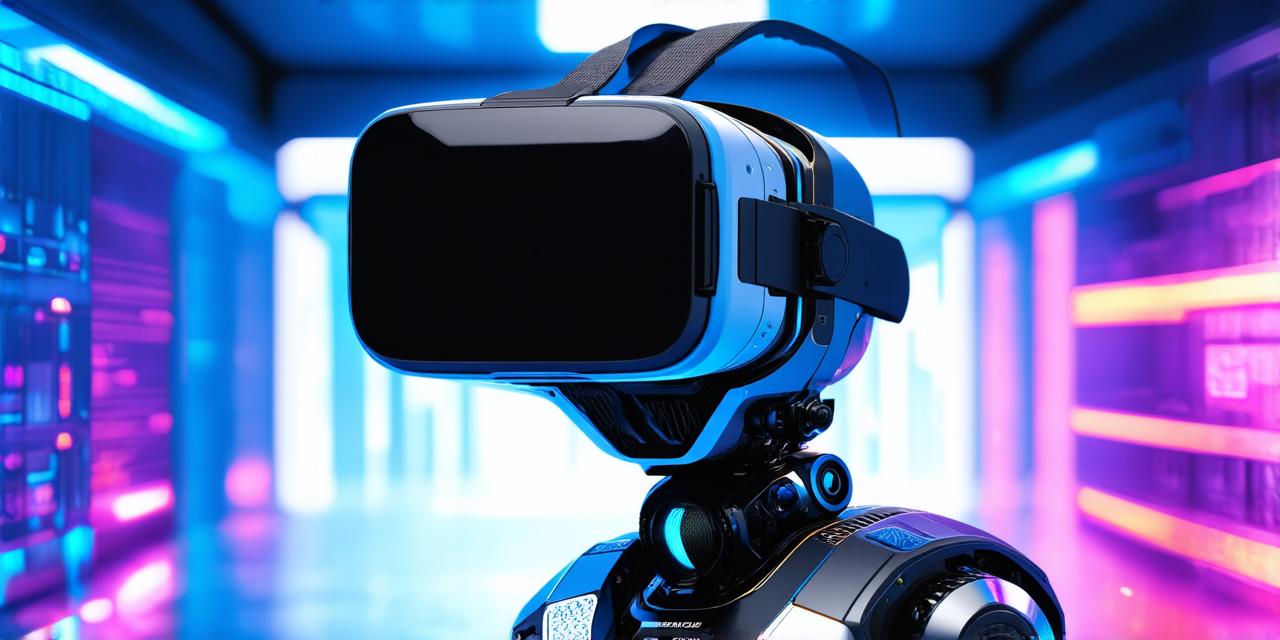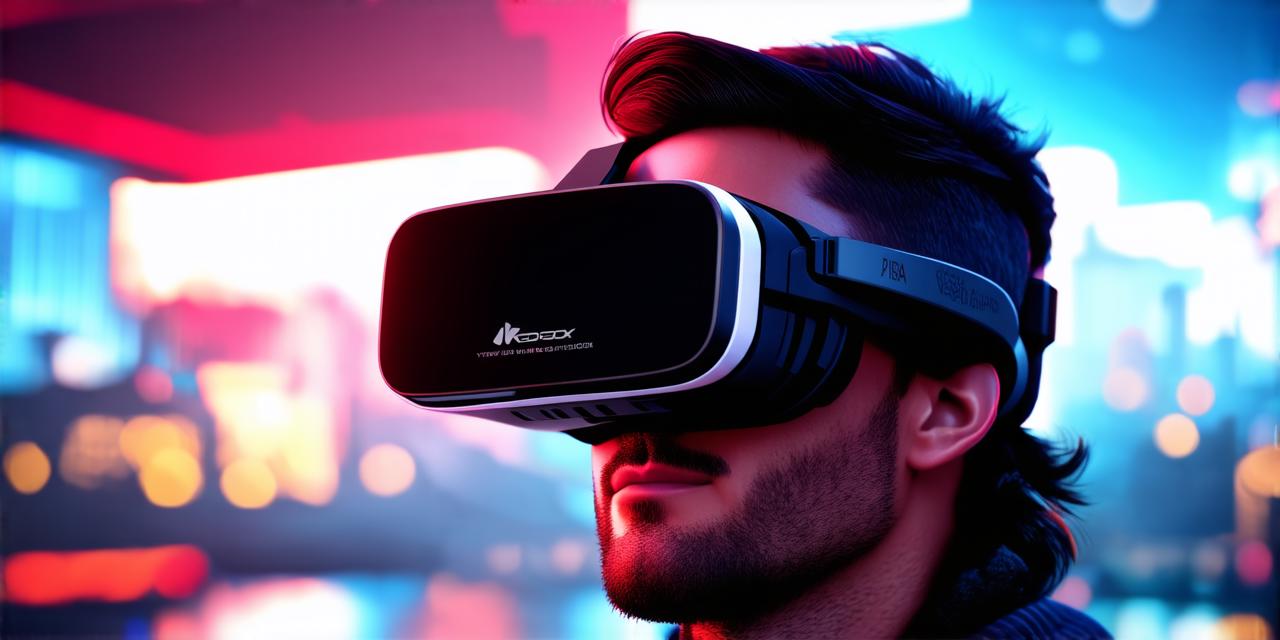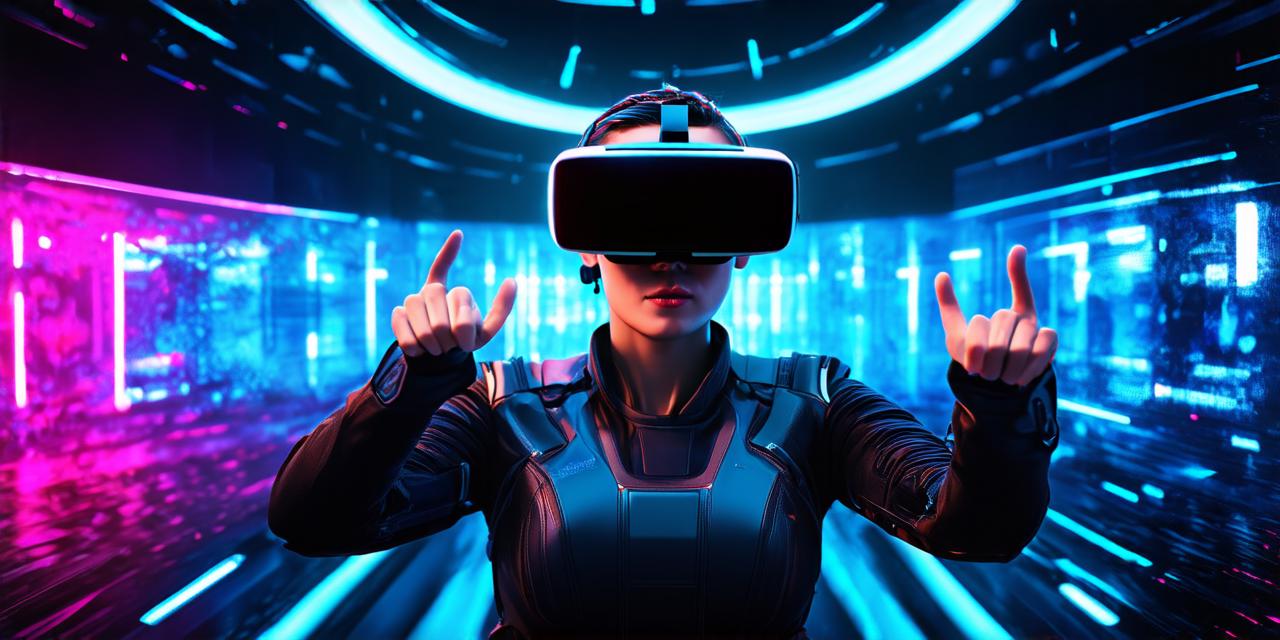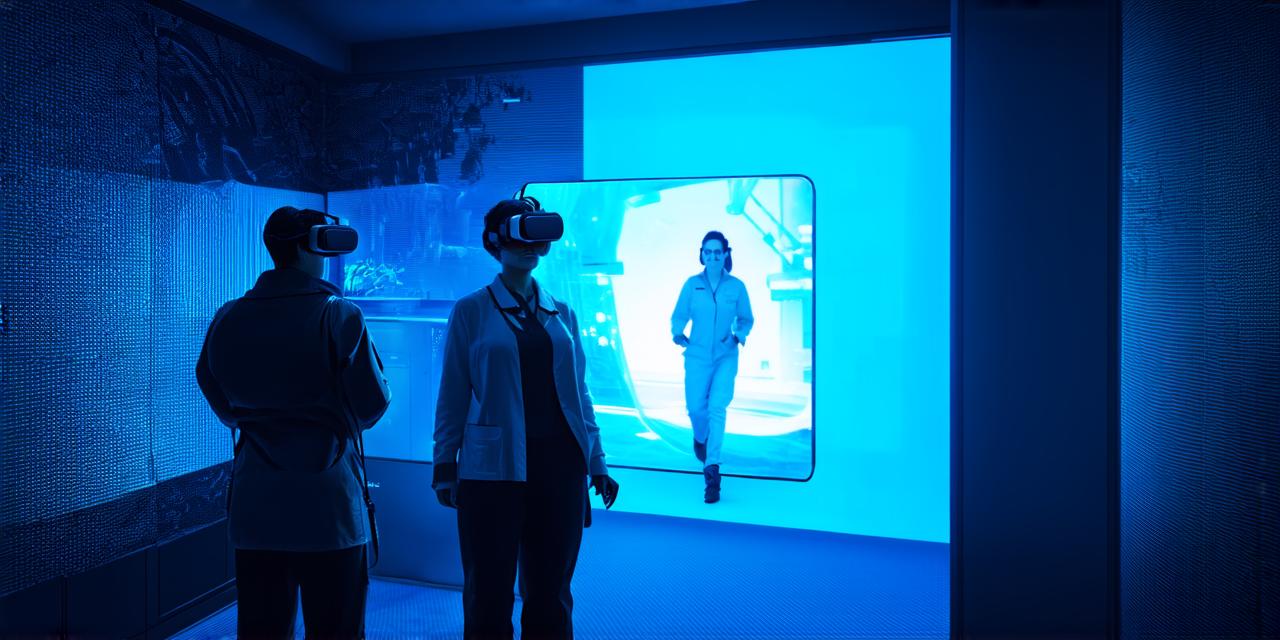Virtual reality (VR) technology has come a long way since its inception, with VR headsets becoming increasingly affordable and accessible to consumers. As the technology continues to advance, new and innovative uses for VR headsets are being developed.
1. Gaming
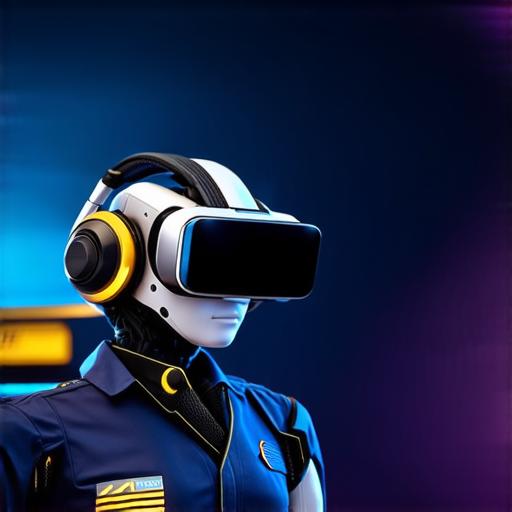
One of the most popular uses for a VR headset is gaming. With a VR headset, gamers can immerse themselves in a virtual world and interact with their environment in ways that would not be possible with traditional gaming technology. This has led to the development of new types of games that are specifically designed to take advantage of the unique features of VR technology.
2. Training and education
Virtual reality technology is increasingly being used for training and educational purposes. For example, medical students can use VR headsets to simulate surgeries and practice their skills in a safe and controlled environment. Similarly, pilots can use VR headsets to practice flying in a virtual cockpit, allowing them to hone their skills without putting themselves or others at risk.
3. Virtual meetings and events
With the rise of remote work and online communication, virtual reality technology has also become increasingly popular for hosting meetings and events. With a VR headset, participants can feel as though they are in the same room, making it easier to collaborate and communicate effectively. This is particularly useful for companies with employees located in different parts of the world.
4. Tourism and travel
Virtual reality technology has also opened up new possibilities for tourism and travel. With a VR headset, users can take virtual tours of famous landmarks and attractions from the comfort of their own homes. This can be especially useful for people who are unable to physically visit these places due to distance or cost.
5. Mental health therapy
Virtual reality technology is also being used in mental health therapy as a way to help patients overcome phobias and anxiety disorders. For example, a person with a fear of heights can use a VR headset to simulate being in a virtual environment with high ceilings or tall buildings, allowing them to gradually confront their fear in a controlled and safe environment.
6. Niche applications
There are also many niche applications for VR technology that may not be immediately apparent. For example, architects can use VR headsets to simulate how a building will look and function in a virtual environment before construction begins. Similarly, artists can use VR technology to create immersive installations that would not be possible with traditional mediums.
In conclusion, virtual reality technology has come a long way since its inception, with new and innovative uses for VR headsets being developed all the time. Whether you are a gamer, student, or mental health patient, there is likely to be a use for VR technology that will suit your needs.
